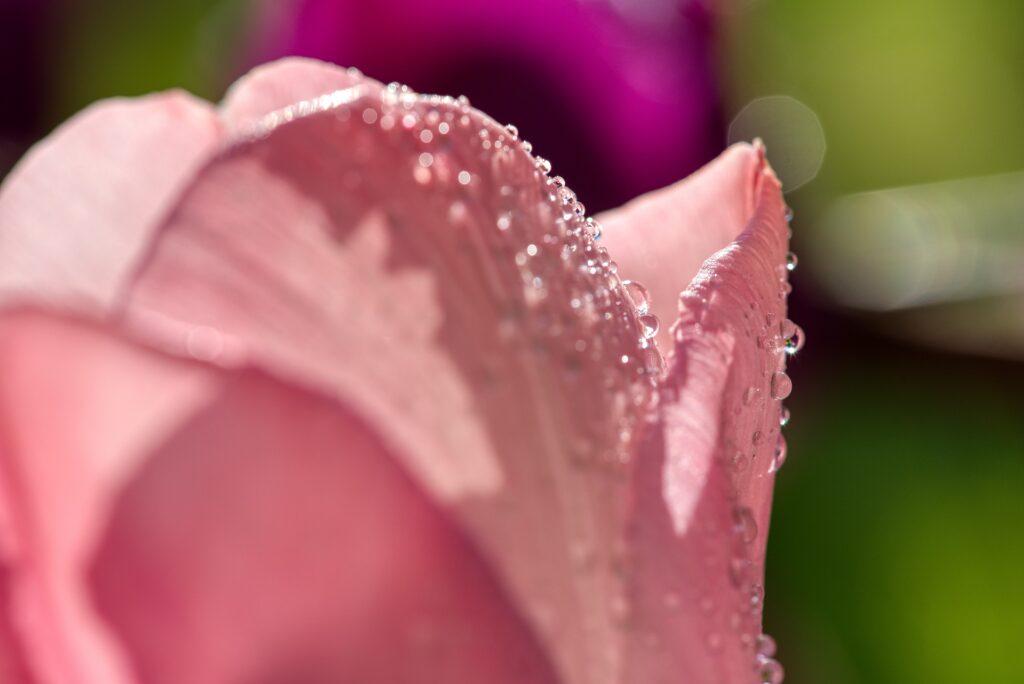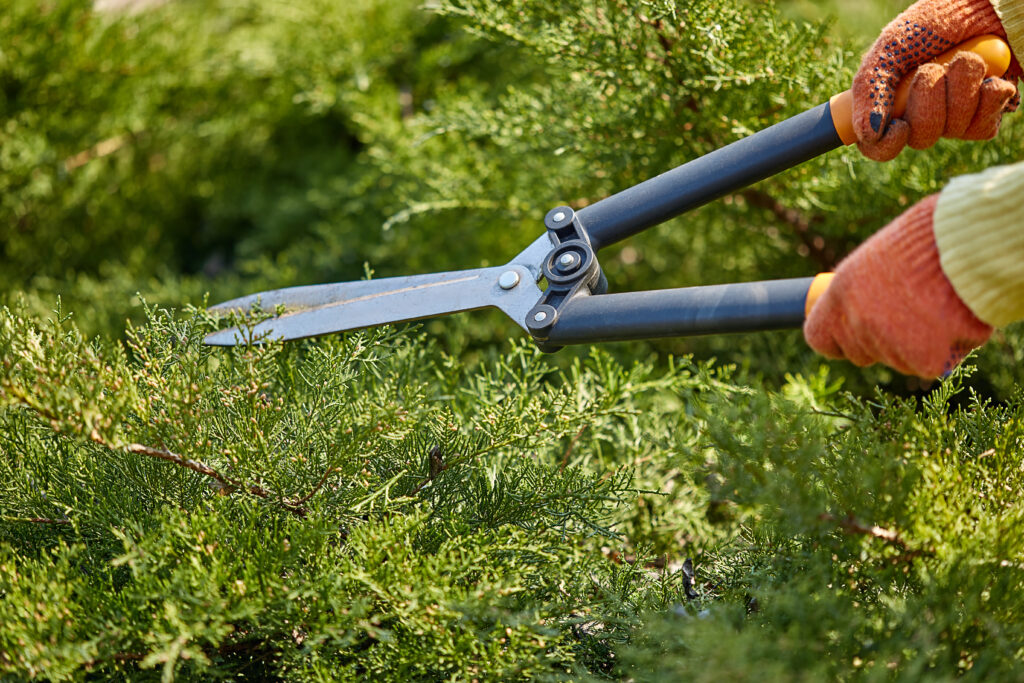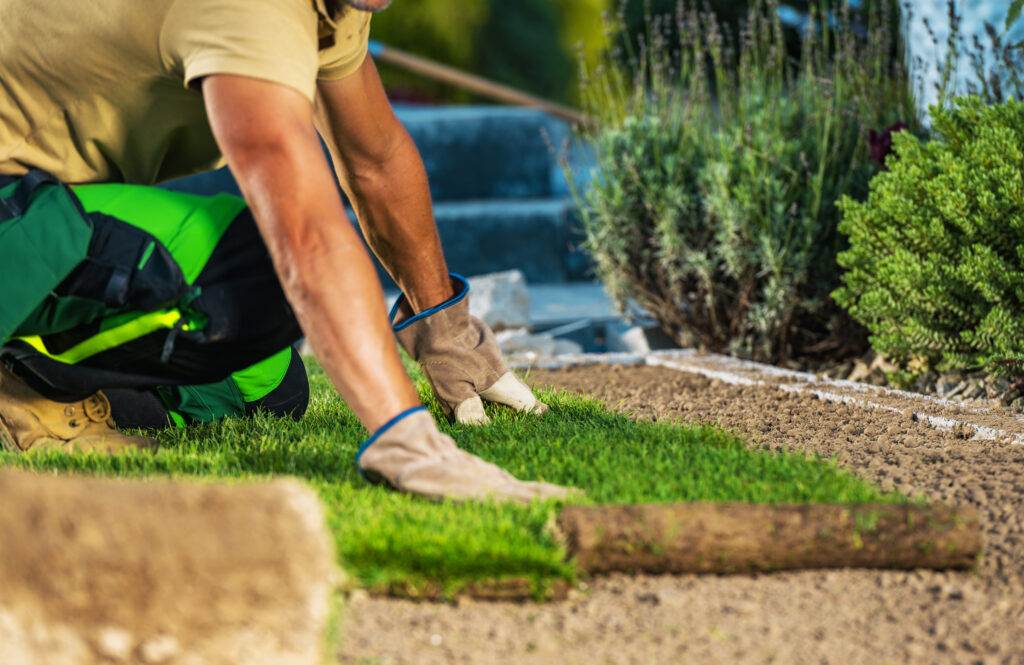Drought conditions have become increasingly prevalent in Northern California, significantly affecting landscaping practices. The scarcity of water not only impacts the health and vitality of plants but also poses challenges for maintaining aesthetically pleasing outdoor spaces. As water resources dwindle, the need for sustainable landscaping solutions becomes paramount.
Landscapers and property owners must adapt to these changing conditions by rethinking their approach to garden design and maintenance. The consequences of drought extend beyond mere aesthetics; they can lead to increased costs, reduced property values, and a greater strain on local water supplies. The impact of drought on landscaping is multifaceted.
Plants that are not drought-resistant may suffer from stress, leading to wilting, discoloration, and even death. This not only affects the visual appeal of a landscape but can also disrupt local ecosystems that rely on diverse plant life. Furthermore, the increased demand for water during dry spells can lead to restrictions imposed by local authorities, making it essential for landscapers to adopt practices that conserve water while still providing beautiful and functional outdoor spaces.
Understanding these dynamics is crucial for anyone involved in landscaping in Northern California, as it sets the stage for implementing effective drought-resistant strategies.
Key Takeaways
- Drought can have a significant impact on landscaping, leading to water scarcity and stress on plants.
- Choosing drought-tolerant plants for your landscape can help conserve water and maintain a healthy garden.
- Implementing water-saving irrigation techniques, such as drip irrigation and soaker hoses, can reduce water usage.
- Utilizing smart irrigation technology, such as weather-based controllers, can optimize water usage and prevent overwatering.
- Adjusting irrigation schedules for drought conditions is essential to ensure that plants receive adequate water while conserving resources.
Choosing Drought-Tolerant Plants for Your Landscape
Selecting the right plants is a critical step in creating a drought-resistant landscape. Drought-tolerant plants are specifically adapted to thrive in arid conditions, requiring minimal water once established. Native plants are often the best choice, as they have evolved to survive in the local climate and soil conditions.
For instance, California poppies, lavender, and succulents are excellent options that not only conserve water but also add vibrant colors and textures to gardens. By incorporating these plants into your landscape design, you can create a visually appealing environment that requires less maintenance and irrigation. In addition to native species, there are many other drought-tolerant plants available that can enhance your landscape.
Ornamental grasses, such as blue fescue and feather reed grass, provide movement and interest while needing little water. Additionally, many flowering perennials like salvia and yarrow can thrive in dry conditions, offering seasonal blooms without excessive irrigation. When selecting plants, it is essential to consider their growth habits, bloom times, and compatibility with existing landscape features.
By carefully curating a selection of drought-tolerant plants, you can create a sustainable landscape that flourishes even in challenging conditions.


Implementing Water-Saving Irrigation Techniques
To effectively manage water usage in landscaping, implementing water-saving irrigation techniques is essential. Traditional irrigation methods often lead to significant water loss through evaporation and runoff. Instead, adopting techniques such as drip irrigation can dramatically improve water efficiency.
Drip systems deliver water directly to the root zones of plants, minimizing waste and ensuring that each plant receives the moisture it needs without overwatering. This targeted approach not only conserves water but also promotes healthier plant growth by reducing the risk of fungal diseases associated with excess moisture. Another effective technique is the use of soaker hoses, which allow water to seep slowly into the soil along their length.
This method is particularly useful for garden beds and borders where plants are closely spaced. By using soaker hoses in conjunction with mulch, you can further enhance water retention in the soil while reducing evaporation rates. Additionally, scheduling irrigation during cooler parts of the day—such as early morning or late evening—can help minimize water loss due to evaporation.
By implementing these water-saving techniques, landscapers can significantly reduce their overall water consumption while maintaining lush and vibrant landscapes.
Utilizing Smart Irrigation Technology
The advent of smart irrigation technology has revolutionized how we approach landscape watering in drought-prone areas like Northern California. Smart controllers utilize weather data and soil moisture sensors to optimize irrigation schedules based on real-time conditions. This technology allows for precise watering that adjusts automatically according to rainfall or changes in temperature, ensuring that landscapes receive only the necessary amount of water.
By integrating smart irrigation systems into your landscape management practices, you can achieve significant water savings while promoting healthier plant growth. Moreover, smart irrigation technology often includes features such as remote monitoring and control via smartphone applications. This level of accessibility allows property owners and landscapers to manage their irrigation systems from anywhere, making it easier to respond to changing weather conditions or adjust schedules as needed.
Additionally, many smart systems provide data analytics that can help identify trends in water usage and plant health over time. By leveraging these advanced technologies, landscapers can enhance their efficiency and effectiveness in managing water resources while contributing to broader conservation efforts.


Adjusting Irrigation Schedules for Drought Conditions
In times of drought, adjusting irrigation schedules becomes crucial for conserving water while maintaining healthy landscapes. Regularly assessing weather patterns and soil moisture levels can inform decisions about when and how much to irrigate. During periods of extreme heat or prolonged dry spells, it may be necessary to reduce watering frequency or adjust the duration of each watering session.
This proactive approach not only conserves water but also encourages deeper root growth in plants as they adapt to seek moisture from lower soil layers. Additionally, seasonal adjustments are essential for optimizing irrigation schedules throughout the year. For instance, during cooler months or periods of increased rainfall, reducing irrigation frequency can prevent overwatering and promote healthier soil conditions.
Conversely, during peak summer months when temperatures soar, it may be beneficial to increase watering slightly but still remain mindful of overall consumption. By regularly reviewing and adjusting irrigation schedules based on current conditions, landscapers can ensure that their landscapes remain vibrant while minimizing water waste.
Mulching and Soil Amendment for Water Retention
Mulching is an effective strategy for enhancing soil moisture retention in drought-prone landscapes. A layer of organic mulch—such as wood chips, straw, or bark—applied around plants helps reduce evaporation from the soil surface while suppressing weed growth that competes for moisture. Mulch acts as an insulating barrier that keeps soil temperatures stable and encourages beneficial microbial activity within the soil ecosystem.
This not only aids in moisture retention but also contributes to overall soil health. In addition to mulching, incorporating soil amendments can further improve water retention capabilities. Organic matter such as compost enhances soil structure and increases its ability to hold moisture.
By enriching the soil with compost or other organic materials, landscapers can create a more resilient environment for plants to thrive even under drought conditions. Regularly amending soil with organic matter not only supports plant health but also fosters a sustainable landscape that requires less frequent watering.
Monitoring and Managing Water Usage
Effective monitoring and management of water usage are essential components of sustainable landscaping practices in Northern California’s drought conditions. Regularly tracking water consumption allows property owners and landscapers to identify patterns and make informed decisions about irrigation practices. Utilizing tools such as flow meters or smart irrigation controllers can provide valuable insights into how much water is being used and where potential inefficiencies may lie.
In addition to monitoring usage, implementing strategies for managing water consumption is crucial for long-term sustainability. This may involve setting specific goals for reducing overall water use or establishing benchmarks based on historical data. By creating a comprehensive water management plan that includes regular assessments and adjustments based on real-time data, landscapers can ensure that they are using resources efficiently while maintaining healthy landscapes.
Retrofitting Existing Irrigation Systems for Efficiency
Retrofitting existing irrigation systems is an effective way to enhance efficiency without the need for complete system replacement. Many older systems may rely on outdated technology that does not account for current best practices in water conservation. Upgrading components such as sprinkler heads or valves can significantly improve performance by delivering water more accurately and efficiently to plants.
Additionally, incorporating drip irrigation or soaker hoses into existing systems can provide targeted watering solutions that minimize waste. By evaluating current irrigation setups and identifying areas for improvement, landscapers can implement retrofitting strategies that align with modern conservation goals while maximizing the effectiveness of their watering practices.
Incorporating Rainwater Harvesting into Your Landscape Design
Rainwater harvesting presents an innovative solution for managing water resources in landscaping while promoting sustainability. By capturing rainwater from rooftops or other surfaces and directing it into storage tanks or cisterns, property owners can create a valuable resource for irrigation during dry periods. This practice not only reduces reliance on municipal water supplies but also helps mitigate stormwater runoff that can contribute to erosion and pollution.
Incorporating rainwater harvesting into landscape design involves careful planning to ensure optimal collection and storage capabilities. Designing gutters and downspouts to direct rainwater efficiently into storage systems is essential for maximizing collection potential. Additionally, integrating rain gardens or bioswales into the landscape can further enhance stormwater management while providing attractive features that support biodiversity.
Educating Clients and Stakeholders about Drought-Resistant Landscaping
Education plays a vital role in promoting drought-resistant landscaping practices among clients and stakeholders in Northern California. Providing information about the benefits of drought-tolerant plants, efficient irrigation techniques, and sustainable landscape design principles empowers property owners to make informed decisions about their outdoor spaces. Workshops, informational brochures, or online resources can serve as valuable tools for disseminating knowledge about best practices in drought management.
Furthermore, engaging clients in discussions about their specific landscaping needs allows for tailored solutions that align with their goals while addressing environmental concerns. By fostering an understanding of the importance of conservation efforts within the context of landscaping, professionals can encourage clients to embrace sustainable practices that benefit both their properties and the broader community.
Collaborating with Local Water Authorities for Conservation Efforts
Collaboration with local water authorities is essential for advancing conservation efforts in landscaping throughout Northern California. Water agencies often provide resources, incentives, and educational programs aimed at promoting sustainable practices among residents and businesses alike. By partnering with these organizations, landscapers can access valuable information about available rebates for installing efficient irrigation systems or transitioning to drought-tolerant landscapes.
Additionally, participating in community initiatives focused on water conservation fosters a sense of shared responsibility among stakeholders. Collaborative efforts may include organizing workshops or outreach programs that educate the public about the importance of sustainable landscaping practices in mitigating drought impacts. By working together with local authorities and community members, landscapers can contribute to a collective movement toward responsible water usage that benefits both individual properties and the environment as a whole.
In conclusion, addressing the challenges posed by drought requires a multifaceted approach that encompasses plant selection, efficient irrigation techniques, soil management strategies, and community engagement efforts. By adopting these practices within Northern California’s unique climate context, landscapers can create resilient outdoor spaces that thrive despite limited water resources while contributing positively to regional conservation initiatives.
FAQs
What are drought conditions?
Drought conditions occur when there is a prolonged period of below-average precipitation, leading to water shortages and dry conditions.
Why is it important to optimize landscaping irrigation during drought conditions?
Optimizing landscaping irrigation during drought conditions is important to conserve water and ensure that plants receive the necessary moisture to survive. It also helps to minimize the impact of the drought on the landscape.
What are some strategies for optimizing landscaping irrigation during drought conditions?
Some strategies for optimizing landscaping irrigation during drought conditions include using drought-resistant plants, implementing water-efficient irrigation systems, mulching to retain moisture, and adjusting watering schedules based on weather conditions.
How can water-efficient irrigation systems help during drought conditions?
Water-efficient irrigation systems, such as drip irrigation and smart irrigation controllers, can help conserve water by delivering the right amount of water directly to the plants’ root zones, minimizing evaporation and runoff.
What are some examples of drought-resistant plants?
Drought-resistant plants, also known as xerophytes, include succulents, cacti, lavender, yucca, and ornamental grasses. These plants have adapted to survive in arid conditions with minimal water.
How can mulching help optimize landscaping irrigation during drought conditions?
Mulching can help retain soil moisture, reduce evaporation, and suppress weed growth, which in turn reduces the need for frequent watering during drought conditions.









